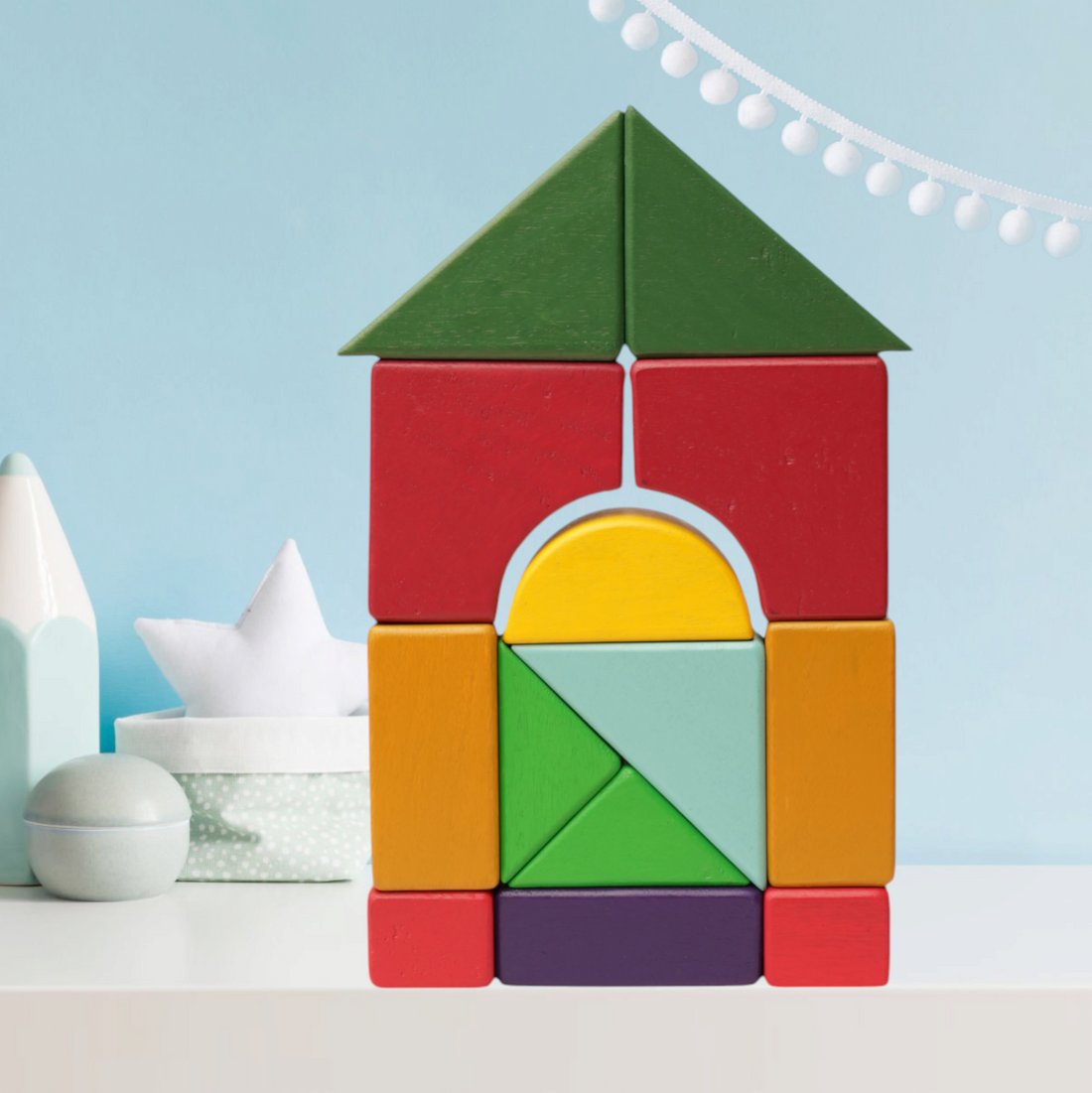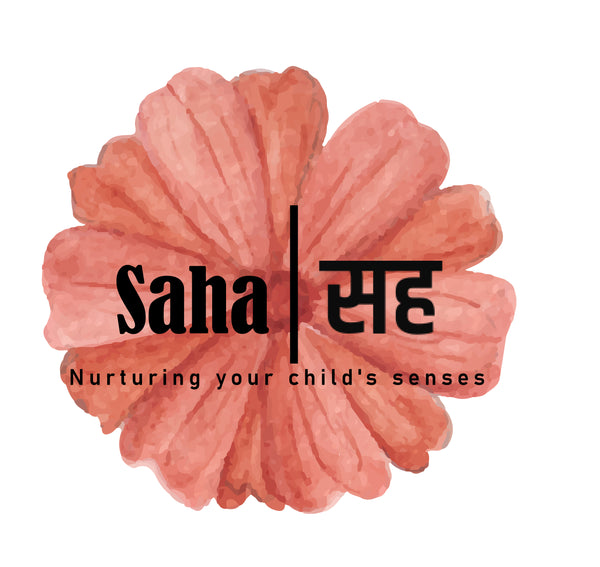
The Multifaceted Benefits of Playing with Wooden Geometrical Colored Blocks
Share
In today’s fast-paced, technology-driven world, fostering playtime that encourages creativity and cognitive growth in children is more important than ever. Enter wooden geometrical colored blocks—a simple yet incredibly effective tool that offers an array of developmental benefits for young minds.
Cognitive Development
One of the most significant advantages of playing with these blocks is the enhancement of cognitive abilities. As children manipulate various shapes, sizes, and colors, they develop spatial awareness and problem-solving skills. Recognizing the differences between geometric figures and understanding how they fit together serves as an early introduction to critical thinking and logic. Whether they are stacking blocks or creating intricate designs, each interaction promotes cognitive growth.
Creativity and Imagination
Wooden blocks are quintessential in open-ended play, allowing children to explore their creativity freely. With no predetermined outcomes, children can build structures, patterns, and imaginative worlds limited only by their own minds. This creative freedom not only enriches playtime but also fosters a sense of accomplishment as they visualize and execute their ideas.
Fine Motor Skills
The physical act of handling and stacking blocks significantly contributes to the development of fine motor skills. Children learn to grasp, lift, and balance the blocks, which improves hand-eye coordination and dexterity. These skills are crucial for everyday tasks, such as writing, tying shoelaces, and performing other activities requiring intricate hand movements.
Introduction to Mathematical Concepts
Wooden blocks serve as a tangible introduction to essential mathematical concepts. Through play, children engage in counting, sorting, and even recognizing symmetry and geometry. As they explore these principles hands-on, they gain a foundational understanding of math that can enhance their confidence and interest in the subject as they grow.
Language Development
Playing with blocks creates opportunities for language development as well. As children describe their creations or discuss shapes and colors, they expand their vocabulary and enhance their communication skills. Whether they’re negotiating with peers about how to build a tower or expressing their thoughts on the colors they are using, this form of interactive play is vital for linguistic growth.
Focus and Patience
Constructing with blocks is not a race; it requires concentration and patience. Children learn to focus on their tasks and work diligently towards completing their projects. This process of sustained attention fosters essential life skills that can be transferred to other areas, including academic settings and personal relationships.
Environmental Awareness
In an age where environmental consciousness is becoming increasingly important, wooden blocks offer a sustainable play option. Made from natural materials, these blocks provide an eco-friendly alternative to plastic toys. Teaching children about the benefits of using sustainable materials fosters a sense of responsibility and awareness about the environment, emphasizing the importance of making mindful choices.
Sensory Experience
Lastly, the sensory experience provided by wooden blocks should not be overlooked. The texture, weight, and tactile nature of these blocks create a rich sensory experience that is vital for young children’s sensory development. Engaging their senses helps to form neural connections that contribute to overall brain development.
Conclusion
In essence, wooden geometrical colored blocks are more than just toys; they are powerful tools for holistic child development. From cognitive and creative growth to physical and language skills, the benefits of playing with these versatile blocks are immense. As parents, educators, and caregivers, encouraging children to engage in block play is an investment in their future, nurturing well-rounded individuals equipped with essential skills for life. So, let’s embrace the joy of simple play and recognize the profound impact it can have on our children’s development.
